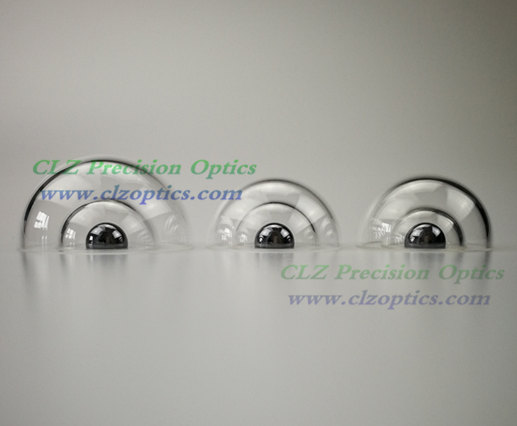Do you know the Difference Between Optical Lenses and Ordinary Lenses?
Optical Lenses are commonly used optical materials, and their manufacturing processes are mature and diverse. Generally, optical glass can transmit various colored light with a wavelength of 0.35 ~ 2.5m. Light outside this wavelength range will be strongly absorbed by the optical glass. The development of optical glass and the development of optical instruments are inseparable. The new reform of optical systems often puts forward new requirements for optical glass, thus promoting the development of optical glass. Similarly, the successful trial production of new varieties of glass often also promotes the development of optical instruments. As various new varieties of optical glass have more or less defects in processing or use performance, while researching and expanding the field of optical glass, it is also aimed at improving the physical and physicochemical properties of various new varieties of optical glass. As well as the production process a lot of work has been done.
Glass Optical Domes
There are many places where glass lenses are used in production and life, but can you specifically distinguish between optical lenses and ordinary lenses? Let's find out with Optical Domes Supplier:
Ordinary glass: It has nothing to do with chemical composition and solidification temperature region. They are obtained by melt supercooling method. They have solid mechanical properties due to the increase of viscosity, and the process of changing from liquid to glass state is reversible.
Optical glass is mixed with oxides of high-purity silicon, boron, sodium, potassium, zinc, lead, magnesium, calcium, barium, etc. according to a specific formula, melted in a platinum crucible at high temperature, stirred with ultrasound to remove bubbles; Slowly cool down the time to avoid internal stress in the glass block. After cooling, the glass block must be measured by optical instruments to check whether the purity, transparency, uniformity, refractive index and dispersion rate meet the specifications. Qualified glass blocks are heated and forged into optical lens blanks.
The main differences between optical lenses and ordinary lenses are: Optical lenses have a high degree of transparency, high uniformity of physical and chemical properties, and specific and accurate optical constants. These properties cannot be replaced by ordinary lenses.
Today, with the rapid development of science and technology, spectacle lenses made of new optical material resin are far superior to ordinary lenses in terms of their optical performance, safety performance, and protection against harmful rays.
Optical glass is one of the indispensable products in production, work and life. It plays a very important role, so we must continue to develop and improve optical glass in order to design more superior products. Our company also has Glass Optical Domes on sale, welcome to consult.

评论
发表评论